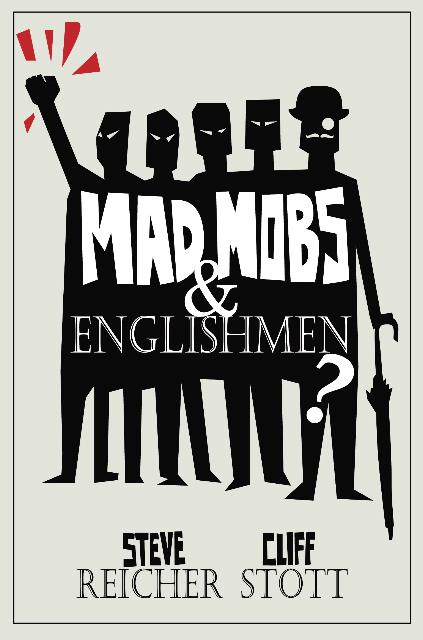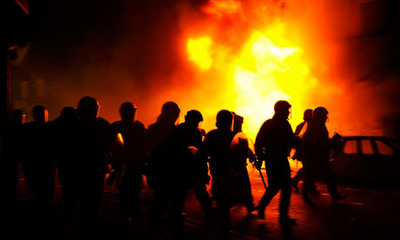News


Since rioting started in Tottenham on August 6th, debate has focused on the psychology of those who took part. Why did people riot? Why did they attack the police, smash property, loot shops? There has been a frenzy of comment and speculation. Perhaps the most common response has been to argue that people acted unthinkingly. Their behaviour was senseless. They did not know what they were doing.
One word sums up this view. The riots were mindless. They were mindless criminality according to the Bishop of King's Lynn. They were the acts of mindless thugs according to the leader of Liverpool Council. They were mindless selfishness according to David Cameron.
Often this viewpoint has been justified by referring to psychological theories, especially the long-held view that people in groups and crowds lose all sense of judgment and do whatever is suggested to them. This 'deindividuation' perspective has much in common with the argument put forward by Philip Zimbardo to explain the behaviour of guards in his Stanford Prison Experiment — which is unsurprisng as Zimbardo was one of the early and most influential deindividuation theorists.
But there is an alternative perspective which is more akin to that supported by the BBC Prison Study. It suggests that rioters are not mindless, that their acts reflect their social identities, and that riots reveal the norms, values, and beliefs of those who take part in them.
This is a point that we and our colleagues have made a number of times in recent months. Now, this analysis provides the basis for a new book by Steve Reicher and Cliff Stott: Mad Mobs and Englishmen. This provides the first serious academic study of the riots. It draws on social identity theory to explain why people rioted, what happened in the riots and how we should respond to them. As well as providing important new insights into the events, the book is an excellent way of introducing social psychological ideas and showing their importance.
Insightful and well-argued… one of the most penetrating analyses of "rioting" ever published. A must-read for anyone wishing to understand the issues behind urban conflict.'
Jim Sidanius, Professor of Psychology and African and African American Studies at Harvard University
The book is available in digital form at Amazon for just over £2.
______
Below we also provide links to articles which elaborate upon this analysis. Amongst other things, these show that the way we explain riot psychology is crucial to the way we respond to the riots and will have a long-term impact on our society.
Articles by us and our colleagues:
Kultur & Gesellschaft (in German) (English translation) (pdfs)
The Guardian
Artices by others:
Scientific American
Notes from aboveground
Research papers (all pdfs):
Analysis of 1984 St Paul's riot
Encyclopedia entry
Contemporary Social Science article
Latest News
Consensus statement about the BBC Prison Study and the Stanford Prison Experiment
Response to new revelations about the Stanford Prison Experiment
New paper in Annual Review of Law and Social Science
Review paper examines new perspectives on Milgram paradigm
Screening of Shock Room at LSE
New publication on the ethics of prison studies